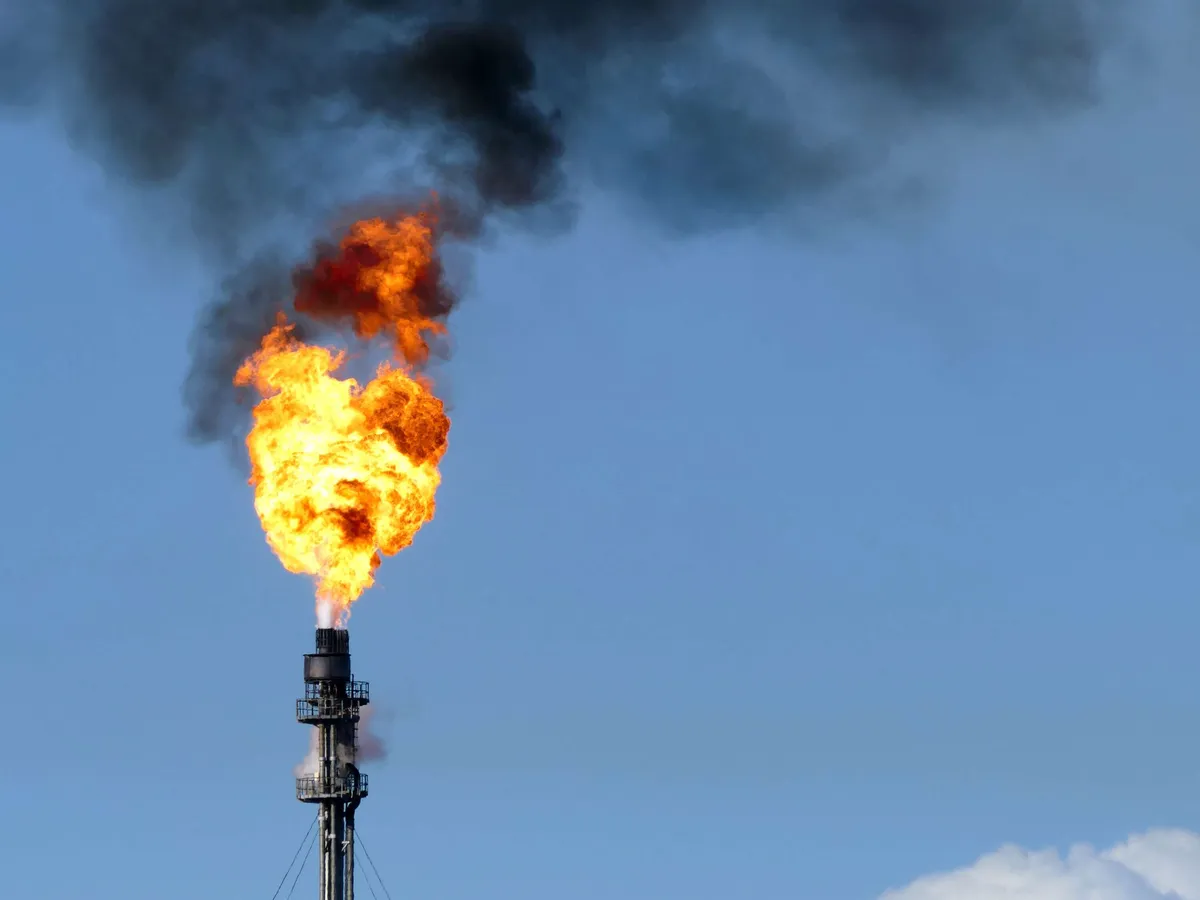Artificial intelligence may sound like progress, but it could turn into an eco-disaster. The energy needed by artificial intelligence threatens to increase the world’s CO₂ emissions by several percent in five years.
The artificial intelligence revolution is leading to an increase in the use of fossil fuels in the latter half of the 2020s. Data centers running artificial intelligence programs consume a huge amount of electricity, and fossil plants are likely to be the first to respond to the dramatically increasing demand.
The gloomy outlook is based on two forecasts that have been reported internationally during the previous month.
News agency Reuters can be calculated from the figures presented
, that the demand for natural gas in the United States alone would increase by 11 percent in the next five years. In terms of emissions, this would mean approximately 150 million tons more carbon dioxide per year. Reuters cites the US-Canadian-Britspecialized in the energy sector investment bank Tudor Pickering Holtin
report. According to the bank, 11 percent is a pessimistic forecast, but even in the best possible case, the use of natural gas in the United States will increase by at least 3 percent The fact that the forecast specifically concerns the United States,is written open on the Oil Price website
.
TPH bases its estimate on the fact that the electricity demand of American data centers is increasing this decade from the current 11 gigawatts to 42 gigawatts, i.e. almost fourfold. The difference of 31 GW corresponds to the order of magnitude of 100 gigawatts as heat of natural gas power plants, i.e. primary energy. Currently, about 40 percent of US electricity is generated with natural gas,The Financial Times writes
. Fossil industry representatives point out to FT that despite all the progress in renewable energy, excess electricity cannot be produced from renewable sources, at least in large quantities, as their supply fluctuates depending on the weather.
Worldwide, almost a gigatonne of emissions increase How much new fossil electricity would be needed worldwide due to artificial intelligence can be tried to figure out from the second forecast cited by FT. International Energy Agency IEA
has estimated that already in 2026 the world’s data centers will consume about one petawatt hour per year, i.e. about double compared to 2022.
If the four-year doubling time were to remain constant after 2026, the readings would have doubled again in 2030. In 2026, the world’s data centers would consume 2 PWh/year of electricity, i.e. 230 gigawatts of continuous power. Thus, the consumption of data centers in the United States would correspond to one-sixth of the world’s total
The refinery thanks.
Artificial intelligence will increase the profitability of the fossil industry in the next few years.
PHOTO: Kurt Bauschardt (CC BY-SA) If the emission profile of the excess production of electricity in the rest of the world is the same as in the United States, about 900 million tons of carbon dioxide would be emitted in the world by 2030 due to artificial intelligence. That would mean an increase of around 2.5 percentCO₂:s
just because of artificial intelligence.
Everyone can think about this themselves when using artificial intelligence programs.
This is how the unit conversions were done TPH reports consumption growth forecast in the phenomenally irritating unit of billion cubic feet of gas per day. Let’s use the abbreviation kft³/d for this unit – after all, one cubic kilofoot is a billion cubic feet in the same way that a cubic kilometer is a billion cubic meters.According to TPH, the pessimistic forecast for the USA is 8.5 kft³/d more. According to the EIA
one cubic foot of American natural gas – empirically, i.e. taking into account the diluting effect of impurities – has a calorific value of 1,034 btu or British thermal units.One btu is approx
1,055 joules, so one cubic foot equals 1.09 megajoules, and the US daily consumption growth forecast is 9.3 petajoules per day, or 0.94 petawatt hours per year.Oxford UniversityThe Our World in Data website explains
, that in 2022 the US used 8.8 petawatt hours of natural gas. Therefore, the growth mentioned at the beginning would be approximately 11 percent.
What 8.5 kft³/d does in terms of annual emissions is calculated using gas physics and chemistry equations and unit conversions. First, let’s convert feet to meters: 8.5 cubic feet per day is 0.24 cubic kilometers per day, or 88 km³ per year. According to the equation of state of gases n =pV/ (
RT ) where n is the amount of substance in moles and ppressure – i.e. in this case the normal pressure of 101,325 Pa. The volume of the gas in cubic meters is V . The gas constant i is 8.3144 J/mol/K, and
describes temperature in Kelvin.
Natural gas statistics are usually reported at a temperature of 15 degrees Celsius (288.15 K), so the amount of growth in American natural gas consumption is 3.7 teramoles per year.
One mole of methane generates one mole of carbon dioxide when burned, and one mole of CO₂ weighs 44 grams. If it is assumed that natural gas is, for example, 90 percent pure methane, about 150 million tons of extra carbon dioxide is generated per year due to artificial intelligence.This was the case in the United States in 2030. The entire world figure in the same year would be about six times that, i.e. 900 million tons.
